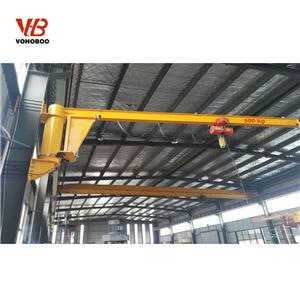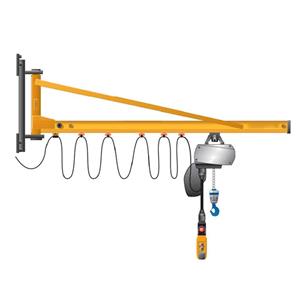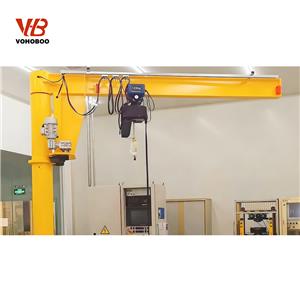Classification of Gantry Cranes
Classification of Gantry Cranes
Form classification
Gantry cranes can be classified according to the form of portal frame structure, according to the form of main beam, according to the structure of main beam, according to the form of use.
Gantry structure
Classified into gantry cranes and cantilever gantry cranes
Gantry crane
1. Full Gantry Crane: the main beam has no overhang, and the trolley is carried out in the main span;
2.Semi-portal crane: the outrigger has a height difference, which can be determined according to the civil engineering requirements of the use site.
Cantilever gantry crane
1. double cantilever gantry crane: a common form of structure, the force of its structure and the effective use of site area are reasonable.
2. Single cantilever gantry crane: this structural form is often chosen due to site constraints.
Main girder form
1. Single main girder
Single girder gantry crane structure is simple, easy to manufacture and install, its own quality is small, the main girder is mostly off-rail box frame structure. Compared with double girder gantry cranes, the overall stiffness is weaker. Therefore, when the lifting capacity Q ≤ 50t, span S ≤ 35m, this form can be used. Single girder portal crane legs have two forms: L-type and C-type; L-type is easy to manufacture and install, good stress, small mass, but the space for lifting goods through the legs is relatively small; C-type legs are made into tilted or curved, aiming to have a larger transverse space so that the goods can pass through the legs smoothly.
2. Double Main Girder
Double girder gantry cranes have strong load carrying capacity, large span, good overall stability, many varieties, but their own quality and the same lifting capacity of the single girder gantry cranes compared to larger, more expensive. According to the different structure of the main girder, it can be divided into two forms: box girder and truss. Generally, box structure is used.
Main girder structure
1. Joist beam
The structural form welded with angle steel or I-beam has the advantages of low cost, light weight and good wind resistance. However, due to the many welding points and the defects of truss itself, truss girder also has the disadvantages of large deflection, small stiffness, relatively low reliability and frequent testing of welding points. It is suitable for sites with lower safety requirements and smaller lifting capacity.
2.Box Beam
Using steel plate welded into a box structure, with high safety, high stiffness and other characteristics. Generally used for large tonnage and super large tonnage gantry cranes. The main girder adopts box girder structure. Box girder also has the disadvantages of high cost, self-importance and poor wind resistance.
3. Honeycomb girder
Generally referred to as "isosceles triangular honeycomb girder", the end face of the main girder is triangular, with honeycomb holes on both sides of the diagonal belly, and stringers on the upper and lower parts. Honeycomb girder absorbs the characteristics of truss girder and box girder, and has larger stiffness, smaller deflection and higher reliability than truss girder. However, due to the use of welded steel plates, the deadweight and cost are slightly higher than that of joist beam. It is suitable for sites or girder yards with frequent use or large lifting capacity. Since this type of girder is a patented product, there are fewer manufacturers.





